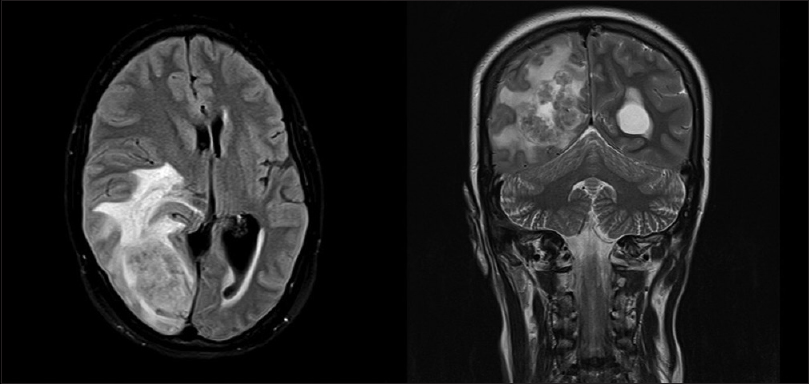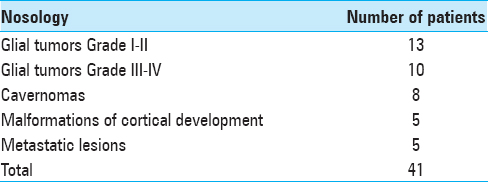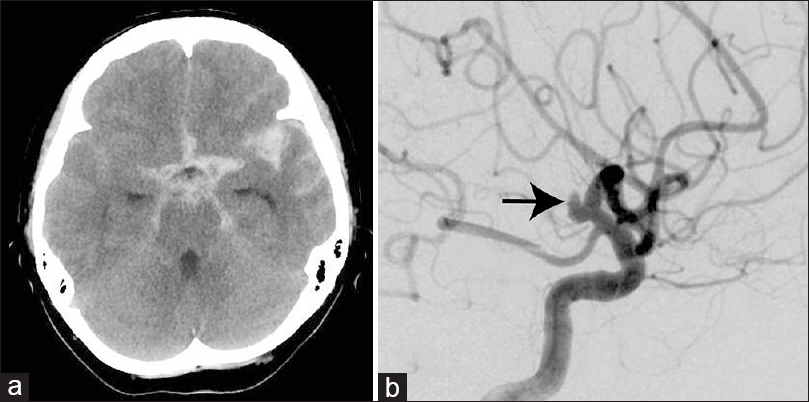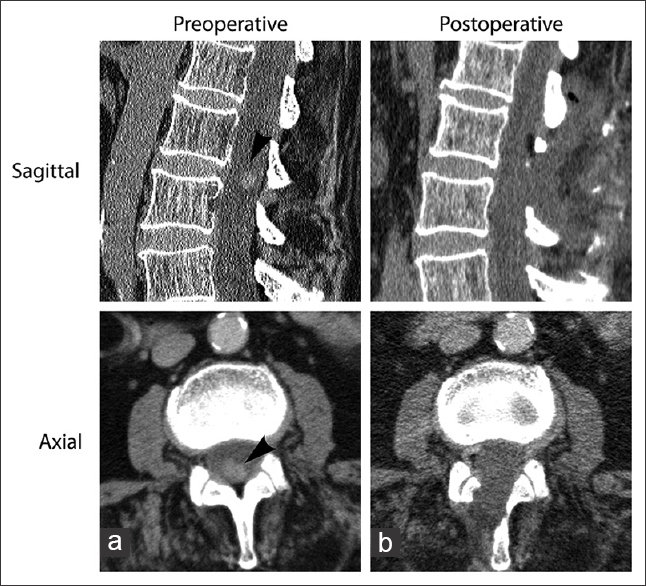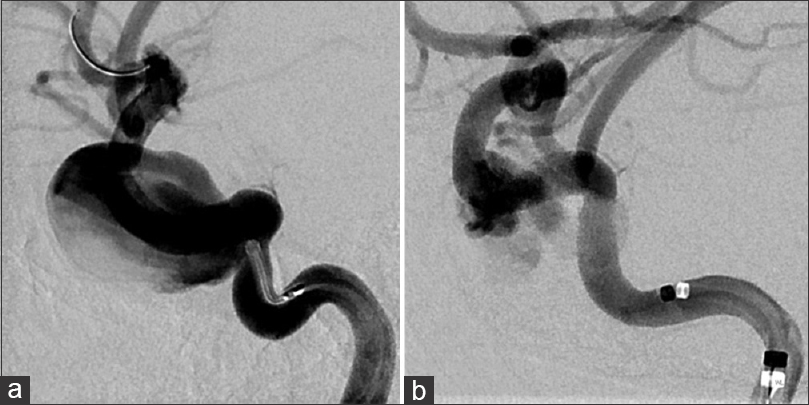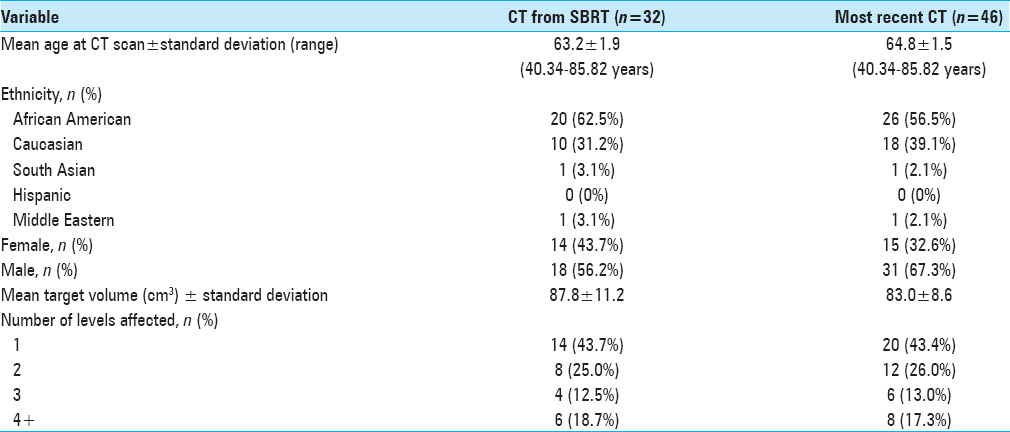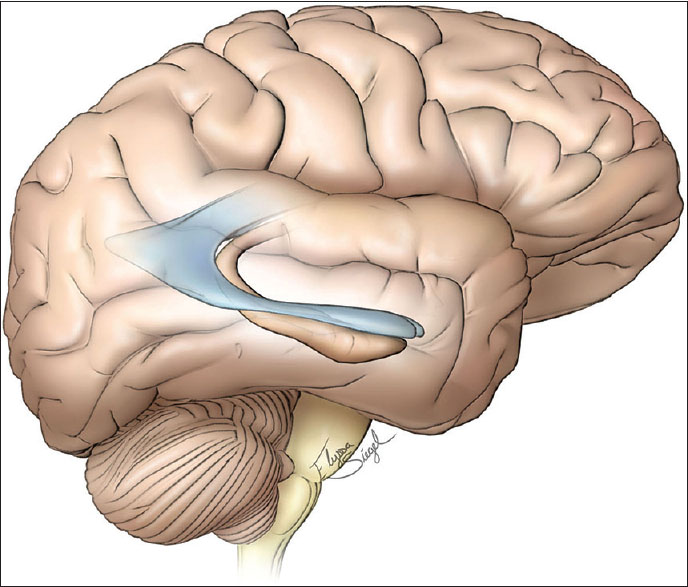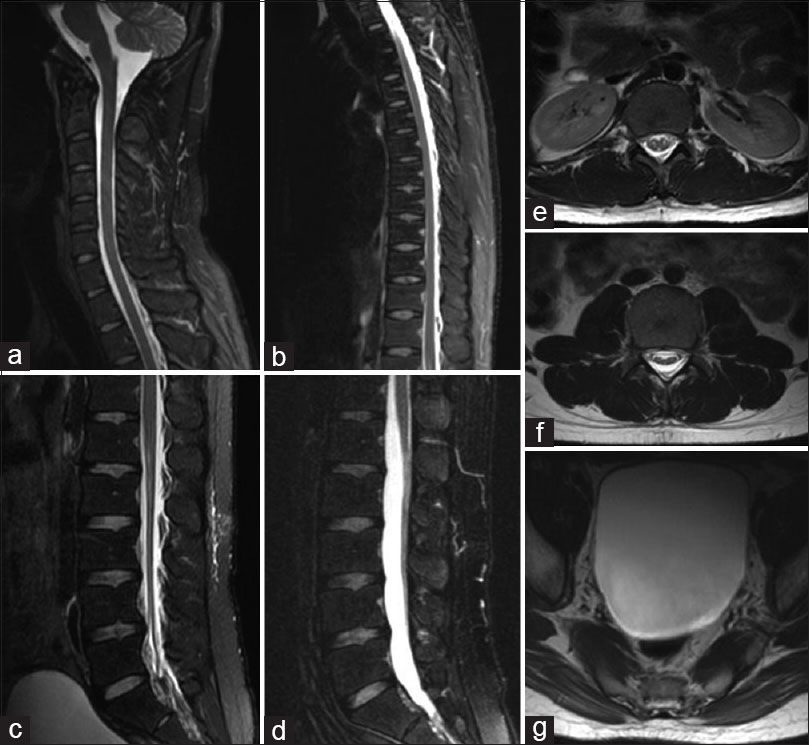Rare case of meningeal tuberculoma mimicking meningioma in term pregnancy and its management
Date of publication: 03-Sep-2018
Awake craniotomy without sedation in treatment of patients with lesional epilepsy
Date of publication: 03-Sep-2018
Background:The use of awake craniotomy for surgical treatment of epilepsy was applied in surgery of convexital tumors, arteriovenous malformations, some superficial aneurysms, and stereotactic neurosurgery. The aim of this study was to show the advantages of awake craniotomy without sedation, accompanied by intraoperative neurophysiological monitoring in patients with symptomatic epilepsy.
What happened to “Patient first” and “Do no harm” medical principles?
Date of publication: 29-Aug-2018
Unexpected intraabdominal hemorrhage due to segmental arterial mediolysis following subarachnoid hemorrhage: A case of ruptured intracranial and intraabdominal aneurysms
Date of publication: 29-Aug-2018
Background:Segmental arterial mediolysis (SAM) is an uncommon vascular disease, which manifests as catastrophic intraabdominal hemorrhage caused by rupture of visceral dissecting aneurysms in most cases. The etiology of SAM is still unclear, but SAM may be a vasospastic disorder and the responsible pressor agent is norepinephrine. Recently, abdominal SAM coexisting with intracranial dissecting aneurysms has been reported, but the relationship between intraabdominal and intracranial aneurysms in SAM remains unclear, as no cases of concomitant abdominal SAM and ruptured intracranial saccular aneurysm have been reported.
Cavernoma of the cauda equina
Date of publication: 28-Aug-2018
Background:Cavernomas are benign malformations of the vasculature. In the central nervous system, they are mostly located supratentorially. However, in adults, cavernomas also comprise about 3% of all subdural spinal cord tumors. Notably, cavernomas of the cauda equina are extremely rare, with only 23 cases reported in the literature. Here, we report the 24th case involving a 77-year-old male.
Progressive edematous lesions in subacute phase after neuroendovascular therapy
Date of publication: 28-Aug-2018
Background:The appearance of edematous lesions in the subacute phase is a rare complication following neuroendovascular therapy. Effective management of these lesions remains unclear. In this report, a case with progressive edematous lesions in the subacute phase after neuroendovascular therapy was described, and the clinical features and therapeutic strategies were discussed.
Morphometrics predicts overall survival in patients with multiple myeloma spine metastasis: A retrospective cohort study
Date of publication: 22-Aug-2018
Background:Treatment strategies for spinal metastases for myeloma range from conservative measures (radiation and chemotherapy) to invasive (surgical). Identifying better predictors of overall survival (OS) would help in surgical decision making. Analytic morphometrics has been shown to predict survival in oncologic patients, and our study evaluates whether morphometrics is predictive of survival in patients with multiple myeloma (MM) spinal metastases.
External cortical landmarks for localization of the hippocampus: Application for temporal lobectomy and amygdalohippocampectomy
Date of publication: 22-Aug-2018
Background:Accessing the hippocampus for amygdalohippocampectomy and minimally invasive procedures, such as depth electrode placement, require an accurate knowledge regarding the location of the hippocampus.
One burr-hole craniotomy: Suboccipital midline approach to the fourth ventricle in Helsinki neurosurgery
Date of publication: 22-Aug-2018
Background:In this video-abstract, we present one burr-hole craniotomy for the standard suboccipital midline approach developed in Helsinki neurosurgery for the microsurgical management of forth ventricle lesions, distal posterior inferior cerebellar artery aneurysms, and tumoral and vascular lesions of the vermis, cisterna magna region, and posterior brainstem as well.
Epidural cerebrospinal fluid collection following lumbar puncture in an adult patient: A case report and literature review
Date of publication: 22-Aug-2018
Background:Cerebrospinal fluid (CSF) leakage into the epidural space following lumbar puncture (LP) has been documented in pediatric patients, but there have been no reported cases in adults.


